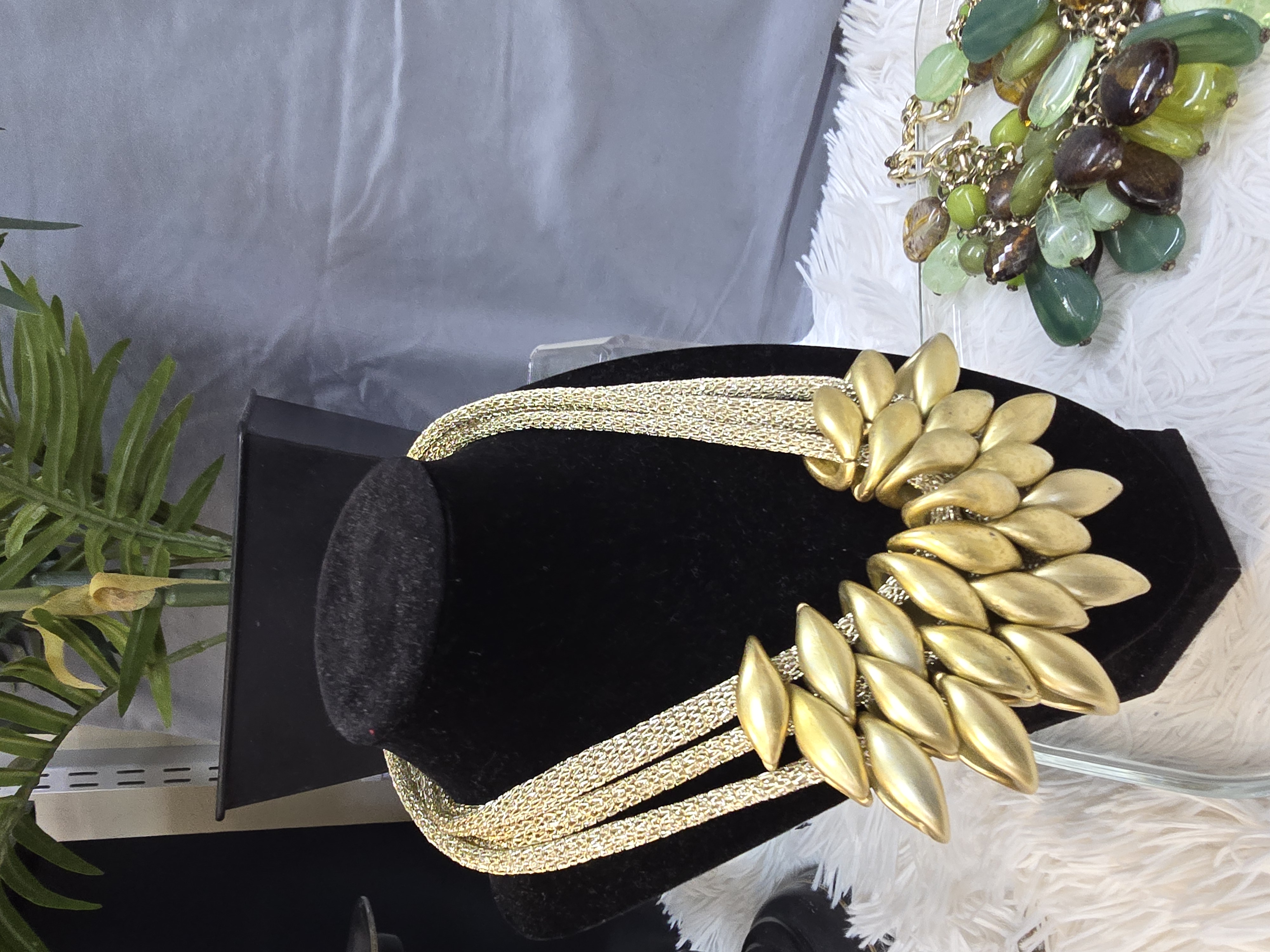Discover the Joy of Secondhand Shopping
- Thelma Rose Thrift Store

- Jul 21
- 3 min read
Secondhand shopping is more than just a trend; it’s a delightful journey filled with hidden treasures waiting to be discovered. From vintage clothes to unique home décor, this shopping method not only supports sustainability but also offers you the chance to find one-of-a-kind items at a fraction of the price. Here, we'll explore the many joys of secondhand shopping and share practical tips to maximize your experience.
Secondhand Shopping Tips
First and foremost, the key to successful secondhand shopping is keeping an open mind. Unlike traditional retail, thrift stores and similar outlets often require more effort in finding what you want. Embrace the hunt! It’s okay if you don’t find something specific on your first visit. Each trip brings new possibilities.
Before you head out, make a list of what you’re looking for, but also consider browsing without a specific goal. This spontaneity can result in some of your best finds. For example, if you're shopping for home décor, you might stumble upon a vintage vase or a unique piece of art that perfectly complements your space.

Know Where to Shop
Choosing the right venues can make all the difference in your secondhand shopping experience. Some popular options include thrift stores, consignment shops, flea markets, and online platforms. If you're looking for charitable bargains, consider visiting a local thrift store; they often have a wide variety of goods, and your purchase supports a good cause.
When you’re starting out, take the time to explore local boutiques that focus on secondhand or vintage items. These places tend to curate high-quality items. Online marketplaces like Poshmark and Depop are also great options to find specific brands or styles.

Understand Pricing
One of the greatest benefits of secondhand shopping is the affordability it provides. However, it's important to be aware of price ranges for certain items. Typically, thrift store prices can vary based on location, branding, and condition. Spending a little time researching average prices for items you’d like to purchase can help you know what’s fair.
For example, vintage denim jackets often range from $20 to $50 in most secondhand stores, while a designer handbag can typically be found for about 50%-70% off the retail price. Knowing these benchmarks can help you avoid overpriced items.

Inspect Before You Buy
Quality is key when shopping secondhand, so thoroughly inspect items before making a purchase. Look for any signs of wear and tear, such as stains, missing buttons, or broken zippers. For clothing, check the seams and the condition of the fabric.
When considering larger items like furniture, check for structural damage or signs of pest activity. If you're shopping online, pay close attention to photos and descriptions, and don’t hesitate to ask the seller for additional details.
Embrace the Unique Finds
One of the unsung joys of secondhand shopping is the thrill of discovering unique items that you can't find in any mainstream store. Each piece has its own story, which adds character to your home or wardrobe. Consider repurposing items to give them a new lease on life—turn a vintage suitcase into a unique coffee table or use old glass bottles as decorative vases.
When you embrace the uniqueness of secondhand shopping, you may find yourself developing a personal style that sets you apart. Moreover, incorporating these distinctive items can lead to heartfelt conversations with friends and family when they inquire about your eclectic décor or stylish outfit.
Sustainable Choices
Buying secondhand is a fantastic way to adopt a more sustainable lifestyle. By choosing used items, you're reducing waste and minimizing your carbon footprint. According to the Environmental Protection Agency (EPA), Americans generated over 292.4 million tons of trash in 2018. By opting for secondhand goods rather than new ones, you can make a significant positive impact on the environment.
Additionally, many secondhand items are often of higher quality than their fast-fashion counterparts. Choose sustainable shopping and contribute to a circular economy, where goods are reused, repaired, and recycled.
Last Thoughts on the Joy of Secondhand Shopping
In summary, secondhand shopping offers a wealth of opportunities to find unique items, save money, and support sustainability. Whether you're looking for stylish clothing, vintage furniture, or rare collectibles, each hunting trip is a chance to unearth something special. Keep your mind open and stay curious, and you will surely find the joy that comes from uncovering hidden gems. Happy thrift shopping!




Comments